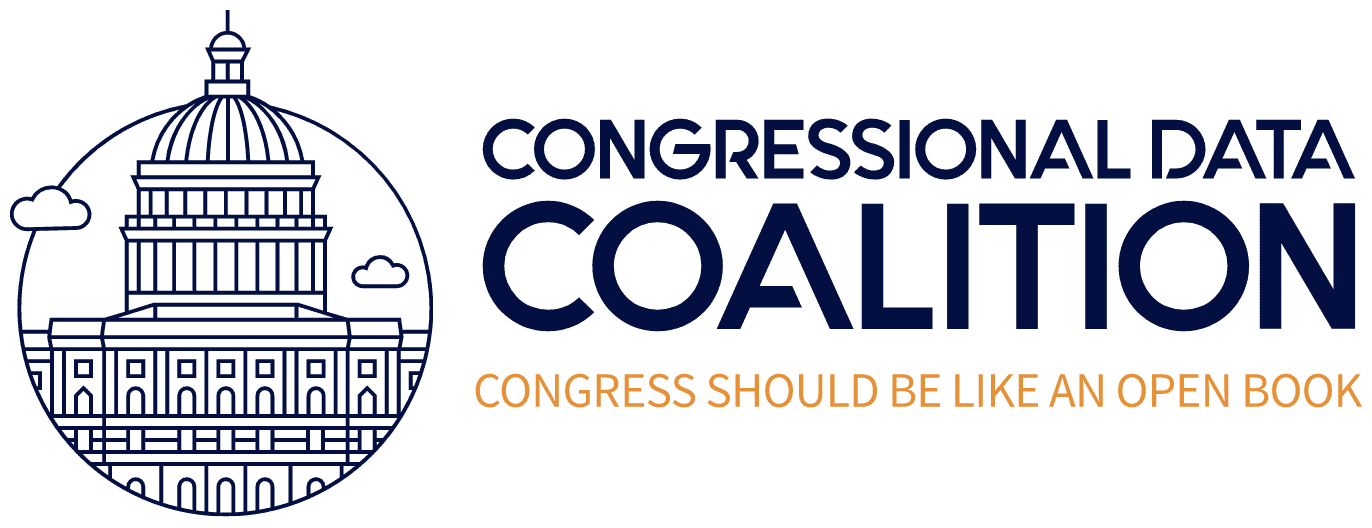There’s big news from today’s Legislative Branch Bulk Data Task Force meeting. The United States Senate announced it would begin publishing text and summary information for Senate legislation, going back to the 113th Congress, in bulk XML. It would join the House of Representatives, which already does this. Both chambers also expect to have bill status information available online in XML format as well, but a little later on in the year.
This move goes a long way to meet the request made by a coalition of transparency organizations, which asked for legislative information be made available online, in bulk, in machine-processable formats. These changes, once implemented, will hopefully put an end to screen scraping and empower users to build impressive tools with authoritative legislative data. A meeting to spec out publication methods will be hosted by the Task Force in late January/early February.
The Senate should be commended for making the leap into the 21st century with respect to providing the American people with crucial legislative information. We will watch closely to see how this is implemented and hope to work with the Senate as it moves forward.
In addition, the Clerk of the House announced significant new information will soon be published online in machine-processable formats. This includes data on nominees, election statistics, and members (such as committee assignments, bioguide IDs, start date, preferred name, etc.) Separately, House Live has been upgraded so that all video is now in H.264 format. The Clerk’s website is also undergoing a redesign.
The Office of Law Revision Counsel, which publishes the US Code, has further upgraded its website to allow pinpoint citations for the US Code. Users can drill down to the subclause level simply by typing the information into their search engine. This is incredibly handy.
The Library of Congress is continuing to upgrade Congress.gov and copying all content over from THOMAS. Information expected to be available on Congress.gov in early 2015 information includes the Federalist papers and video streams for committees. Some work remains to be done, including moving over bill information from the late 80s to early 90s, senate executive branch communications, and the appropriations’ citation tables. All materials are not expected to be ported over to Congress.gov until after the close of FY 2015 (which is October 1.)
The Amendment Impact Program, which shows how a bill would amend the law and an amendment would affect a bill, is still under construction. The next step to bringing this program online is to embed the process into the workflow for the House Rules Committee to make sure it works properly. The FY 2015 Legislative Branch Appropriations Bill, which just was enacted into law as part of the CRomnibus, provides a steady source of funding for these efforts.
All in all, these are wonderful developments. House and Senate staff, as well as those as legislative support agencies, should be commended for their hard work. We are looking forward to seeing what the new year brings.
Update: Here’s a few press releases and celebratory blogposts:
And video from the announcement.
